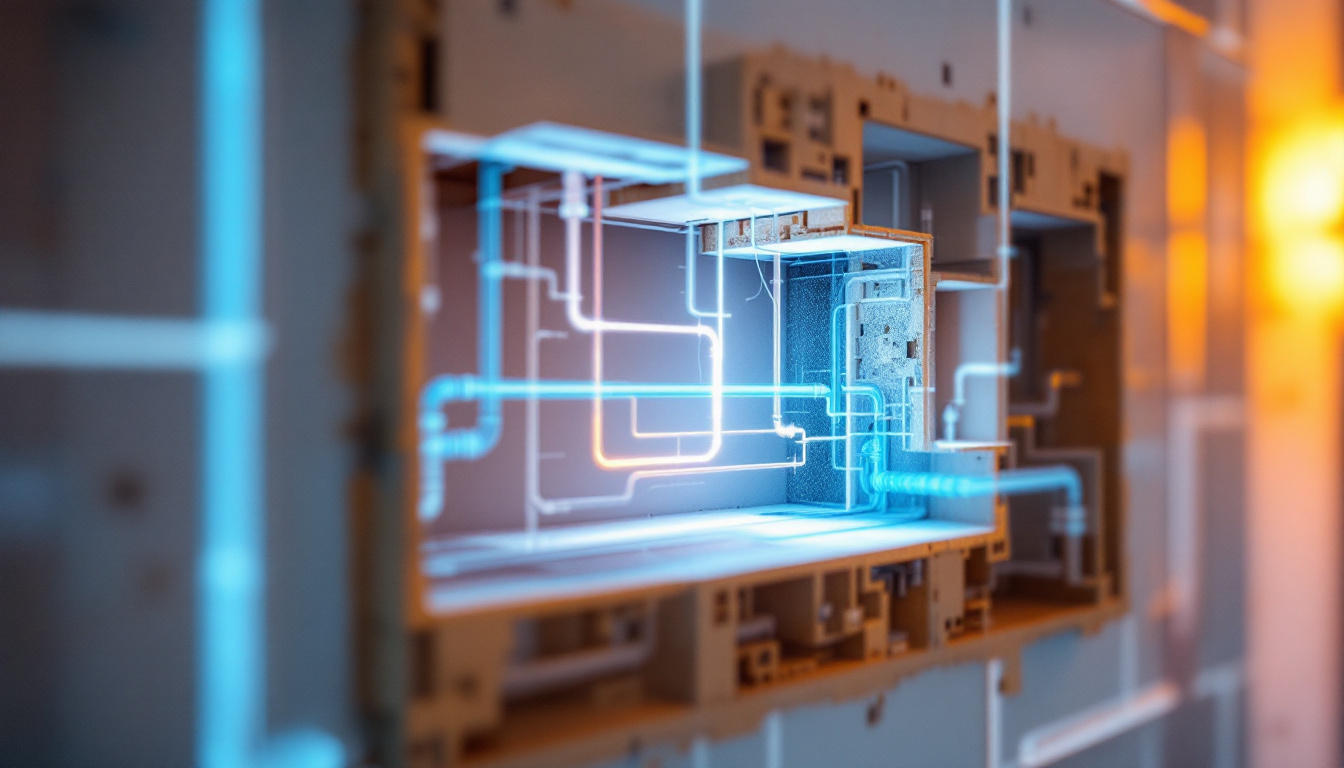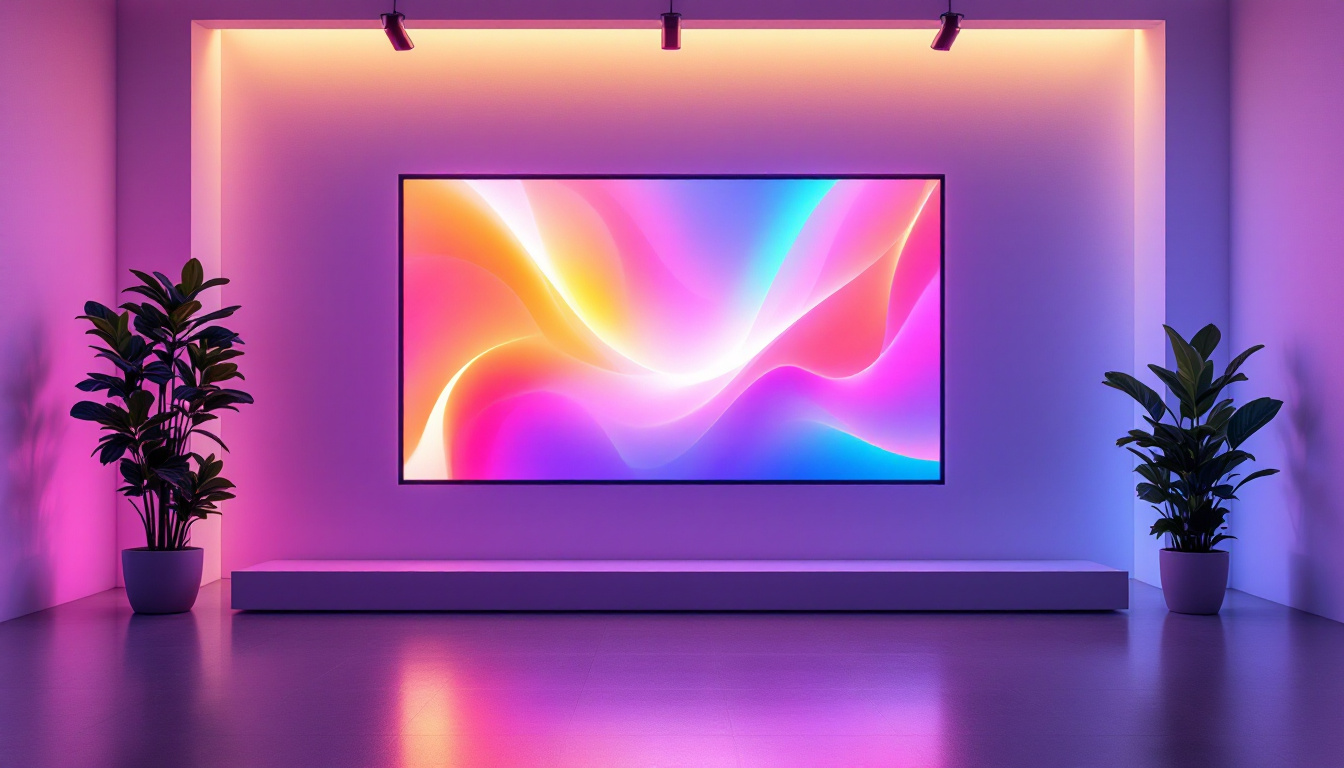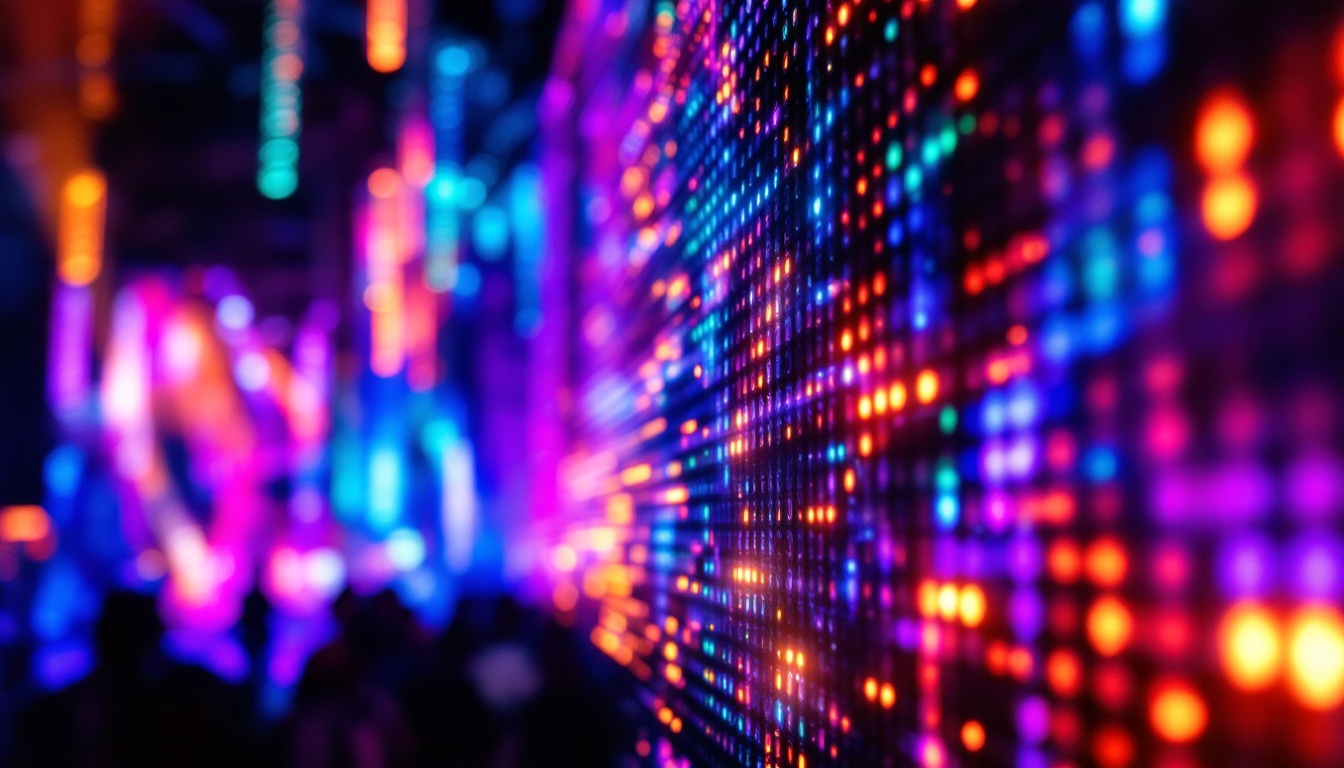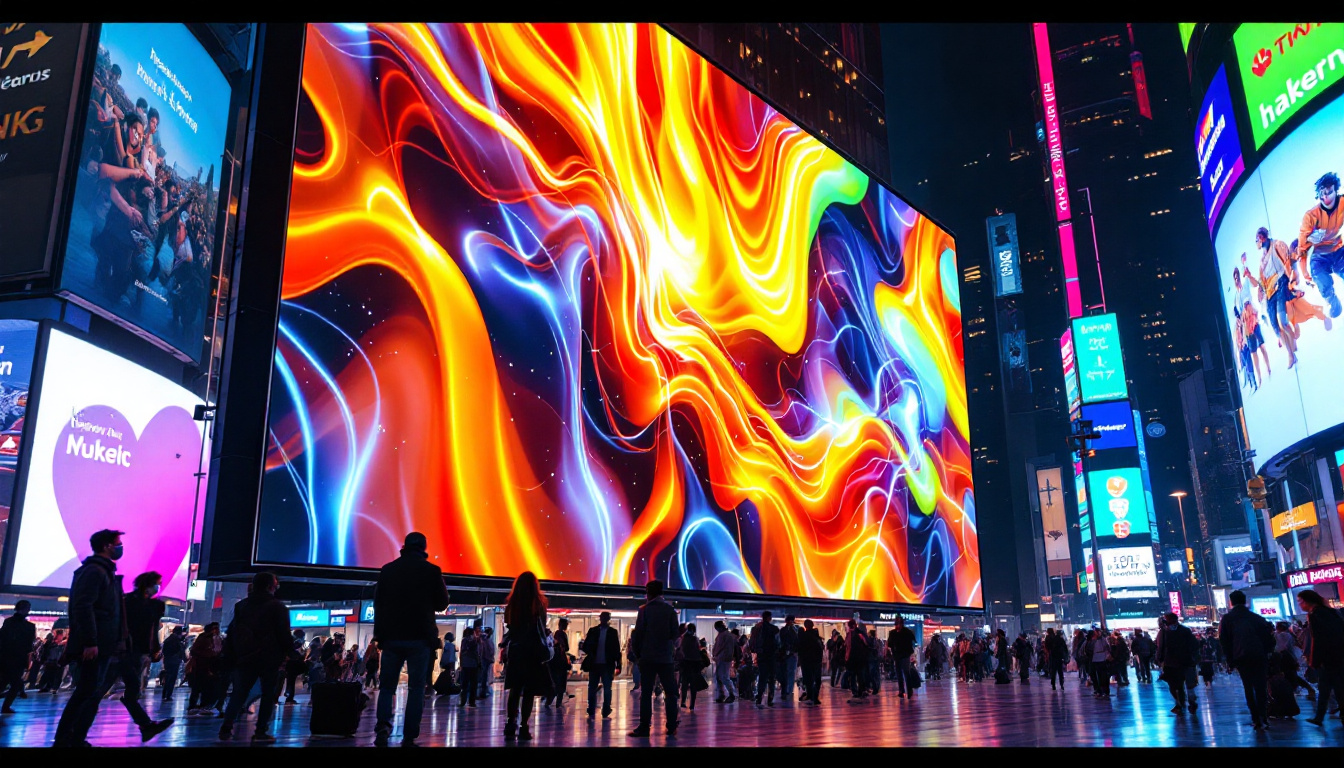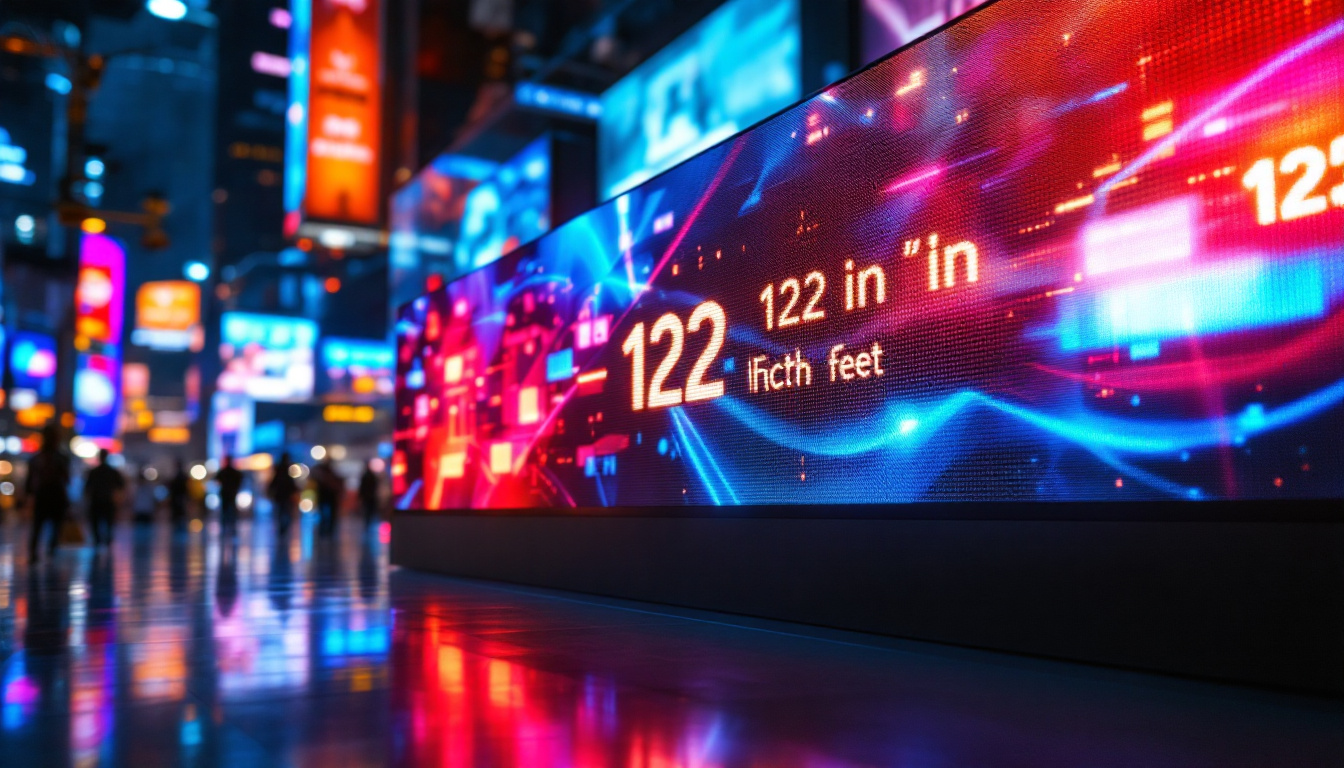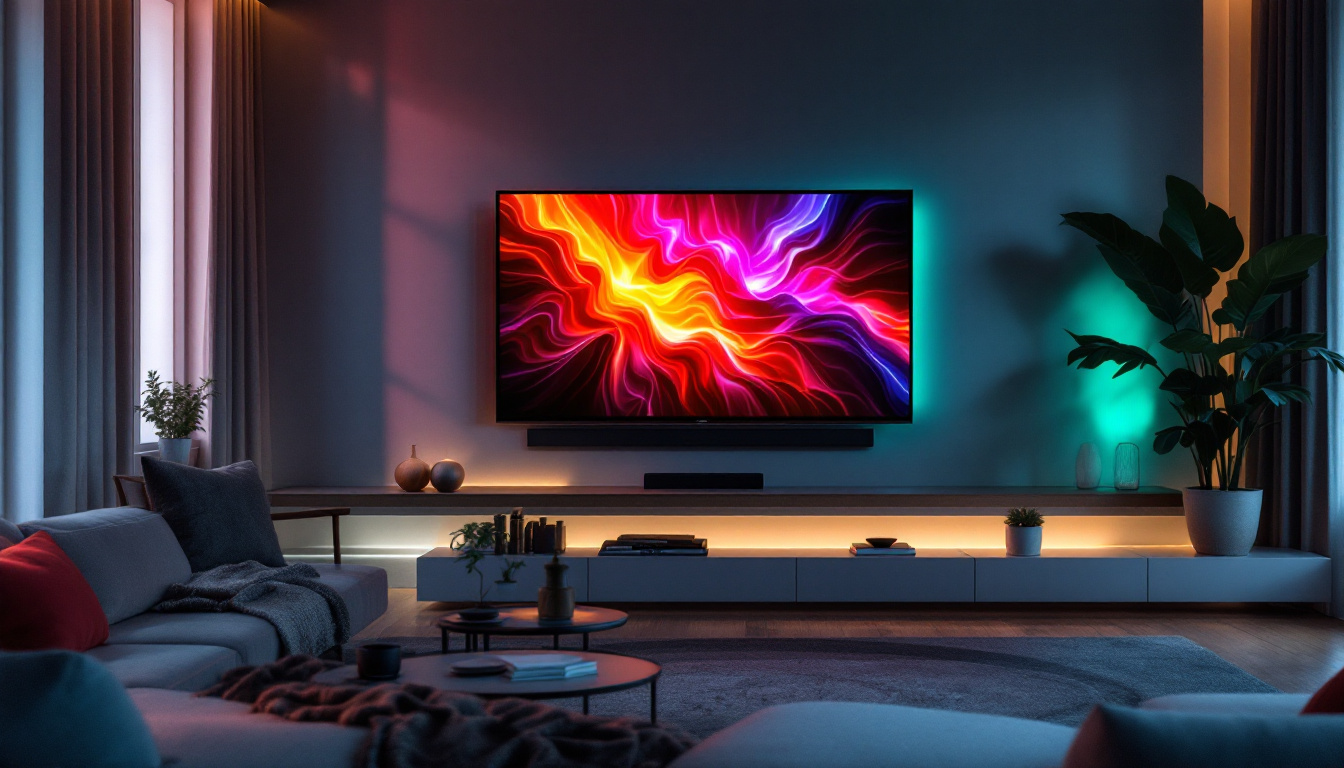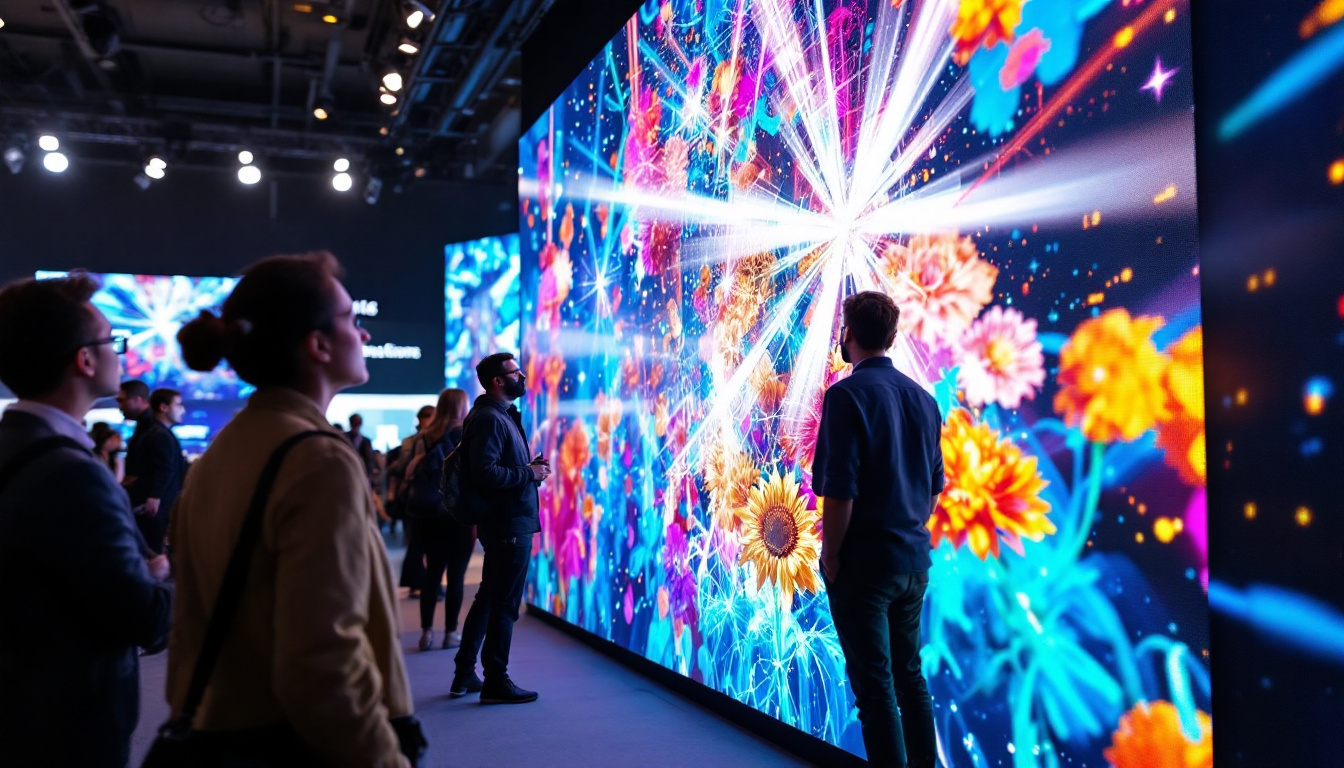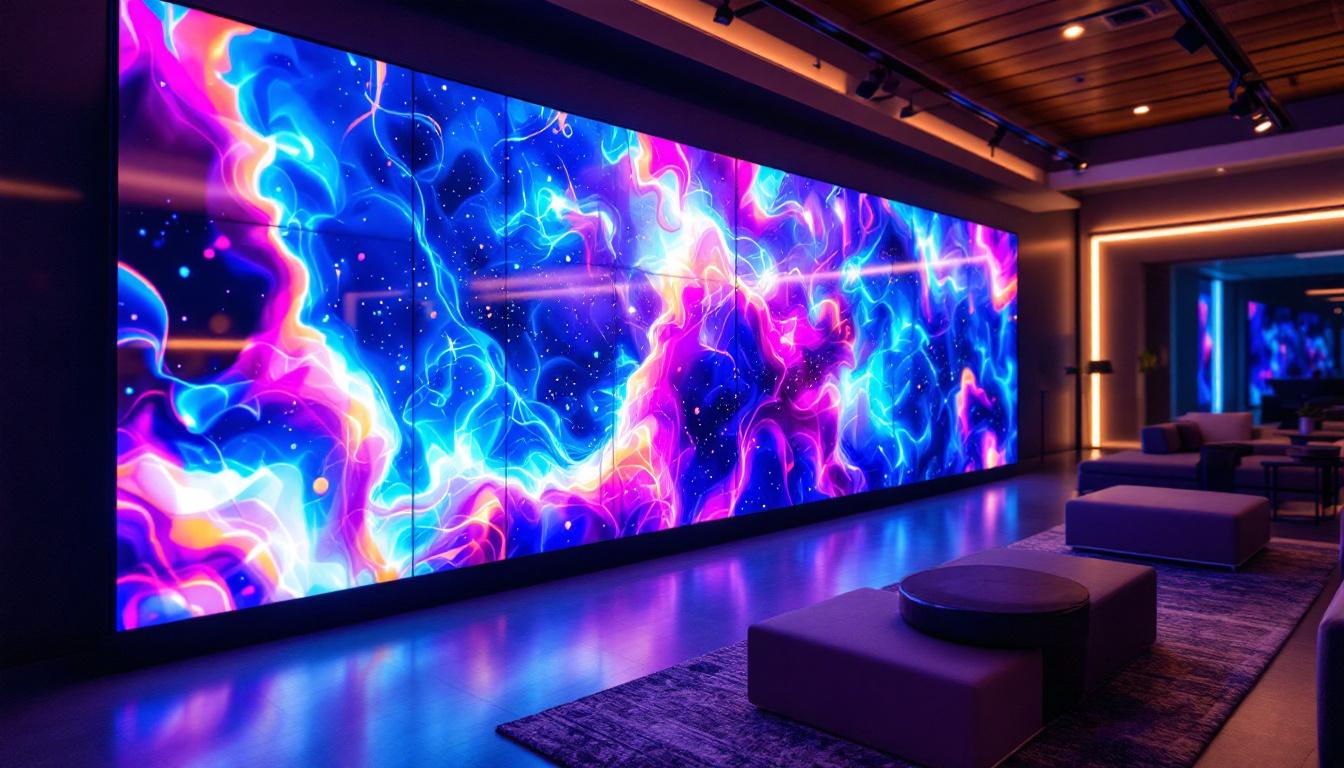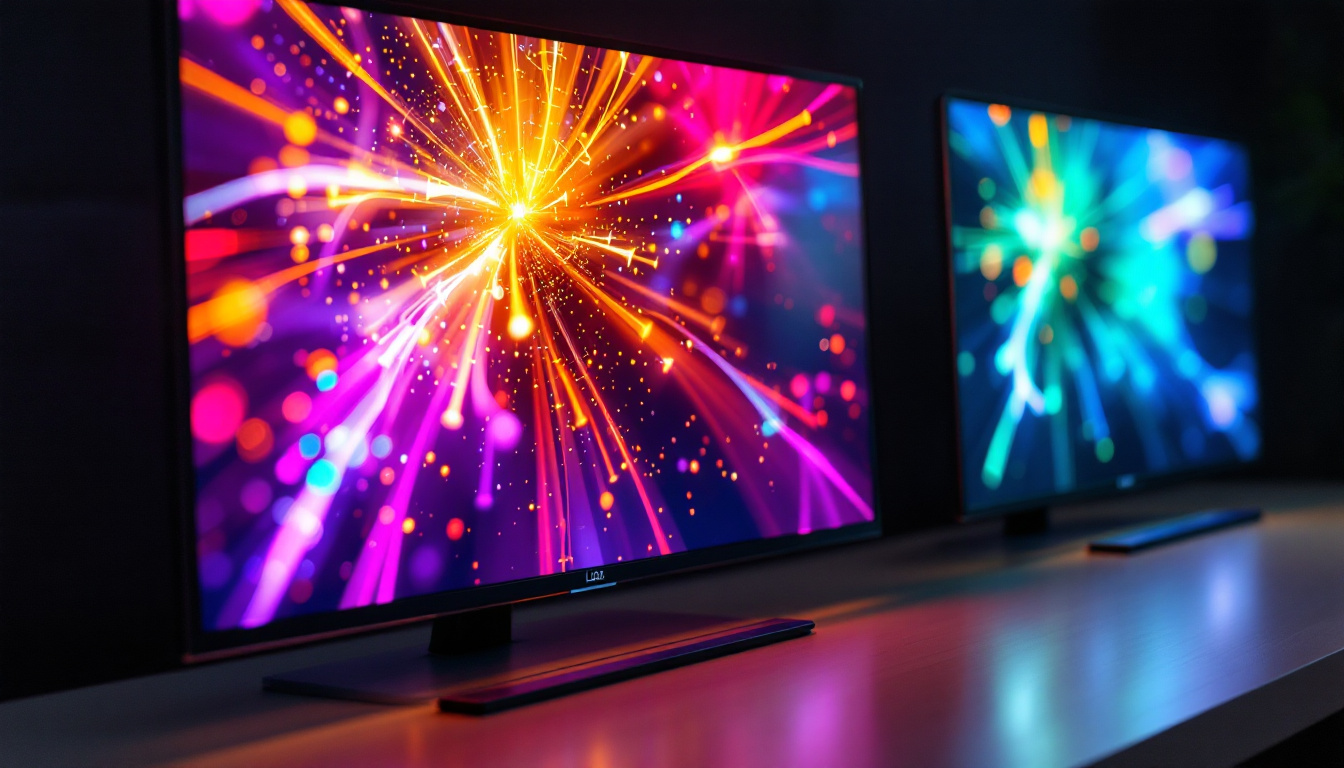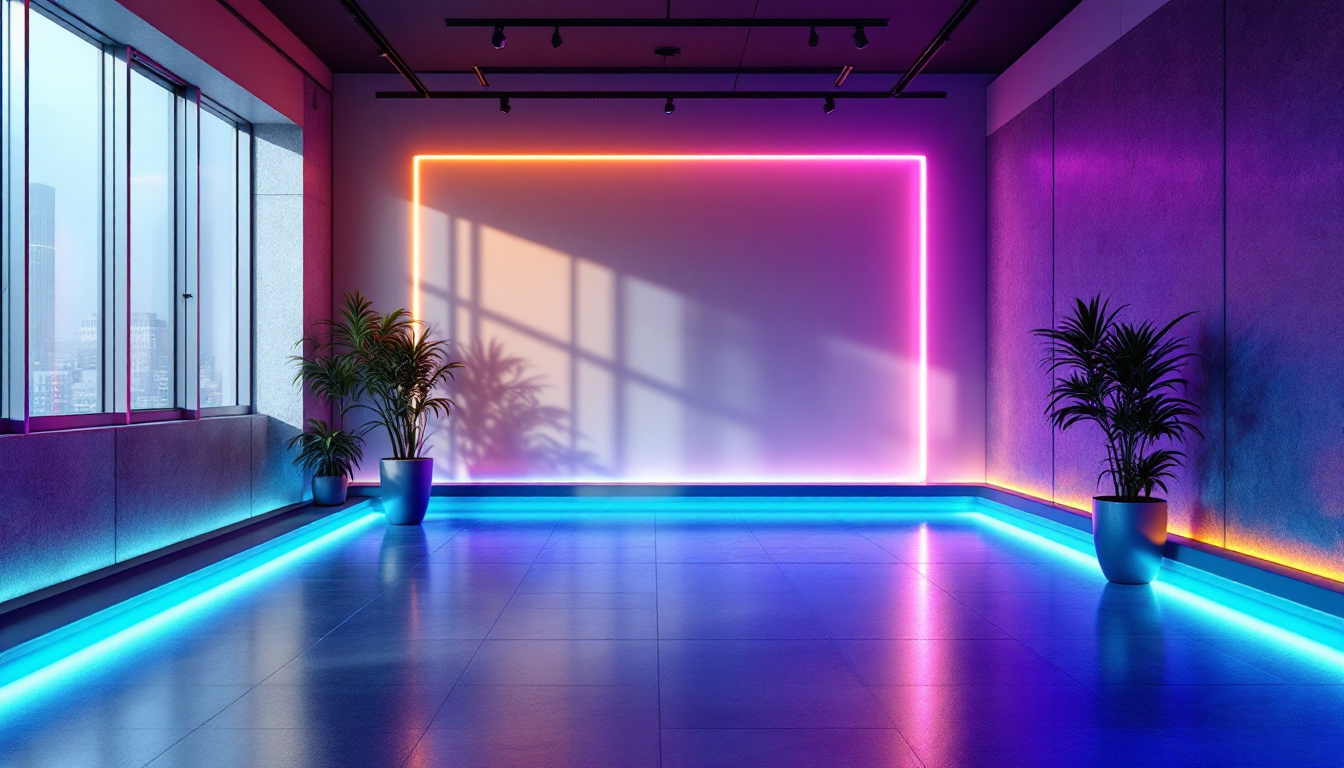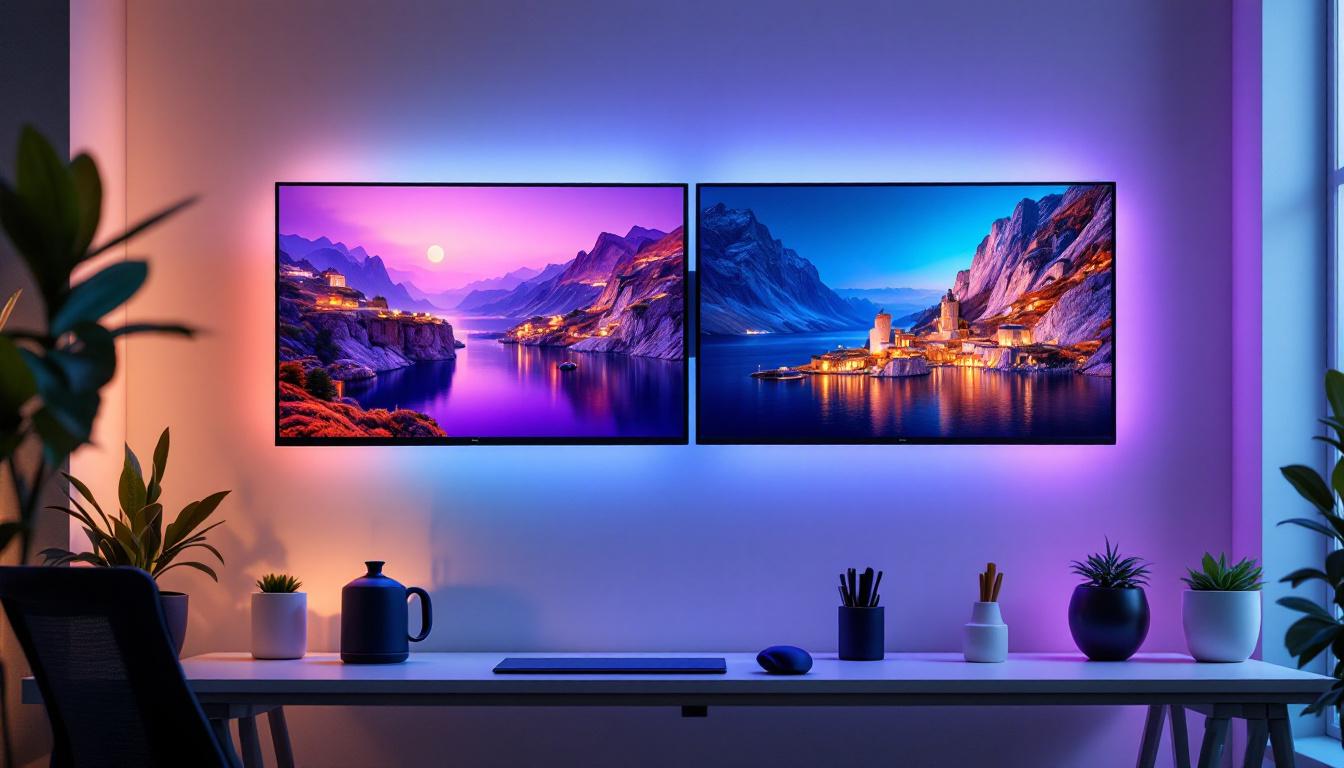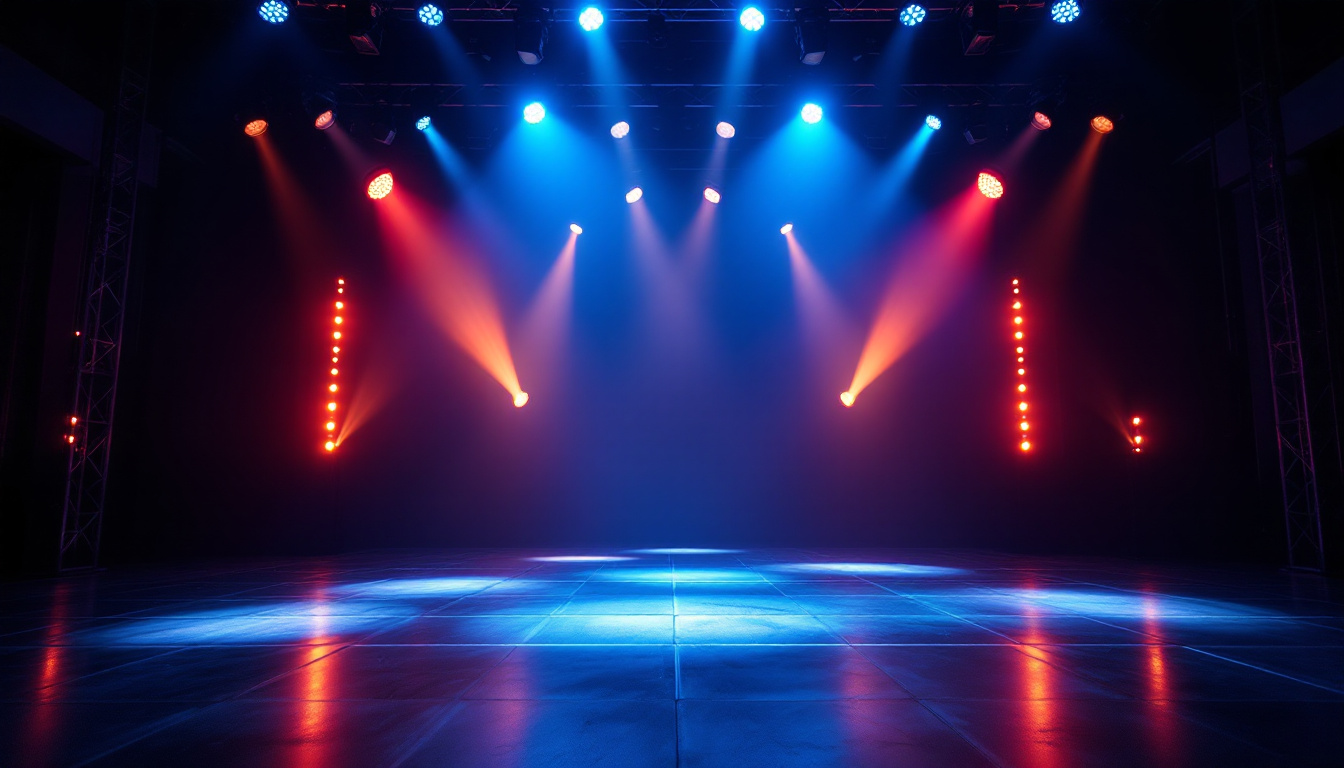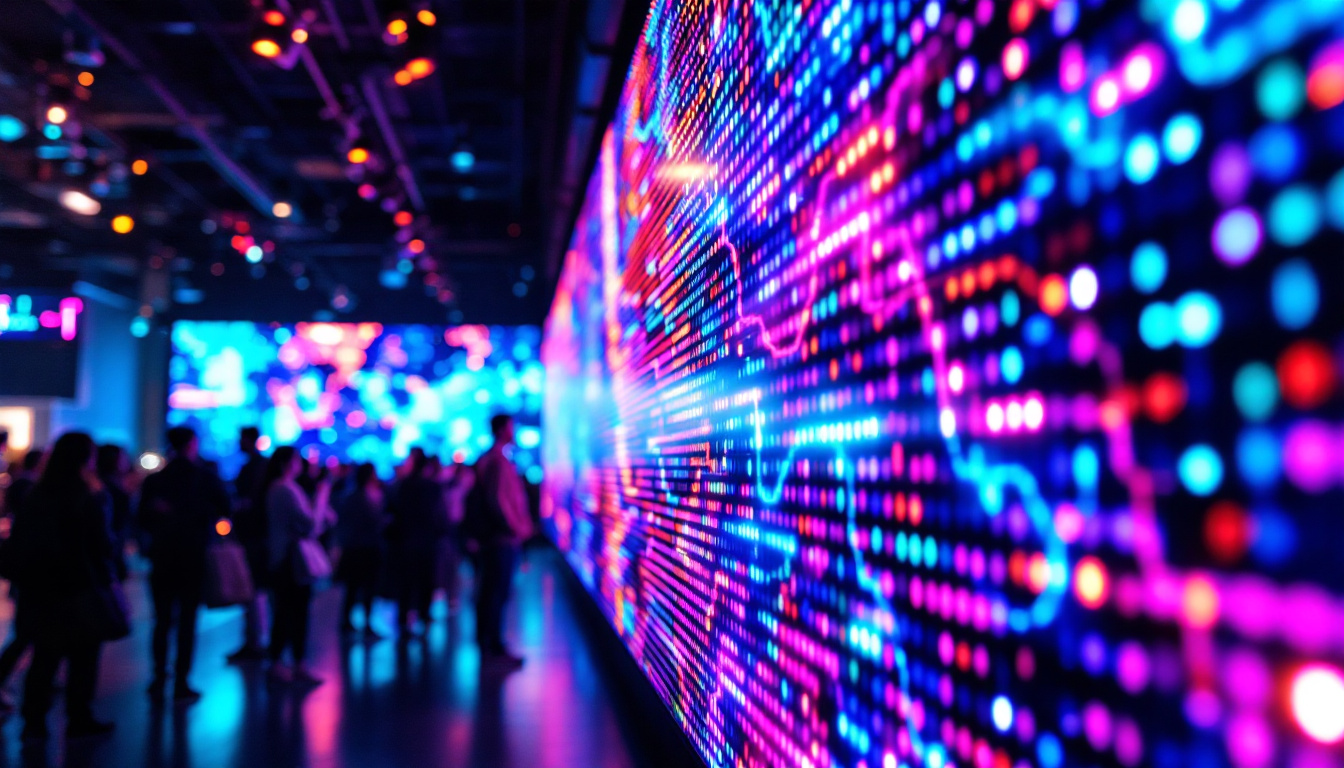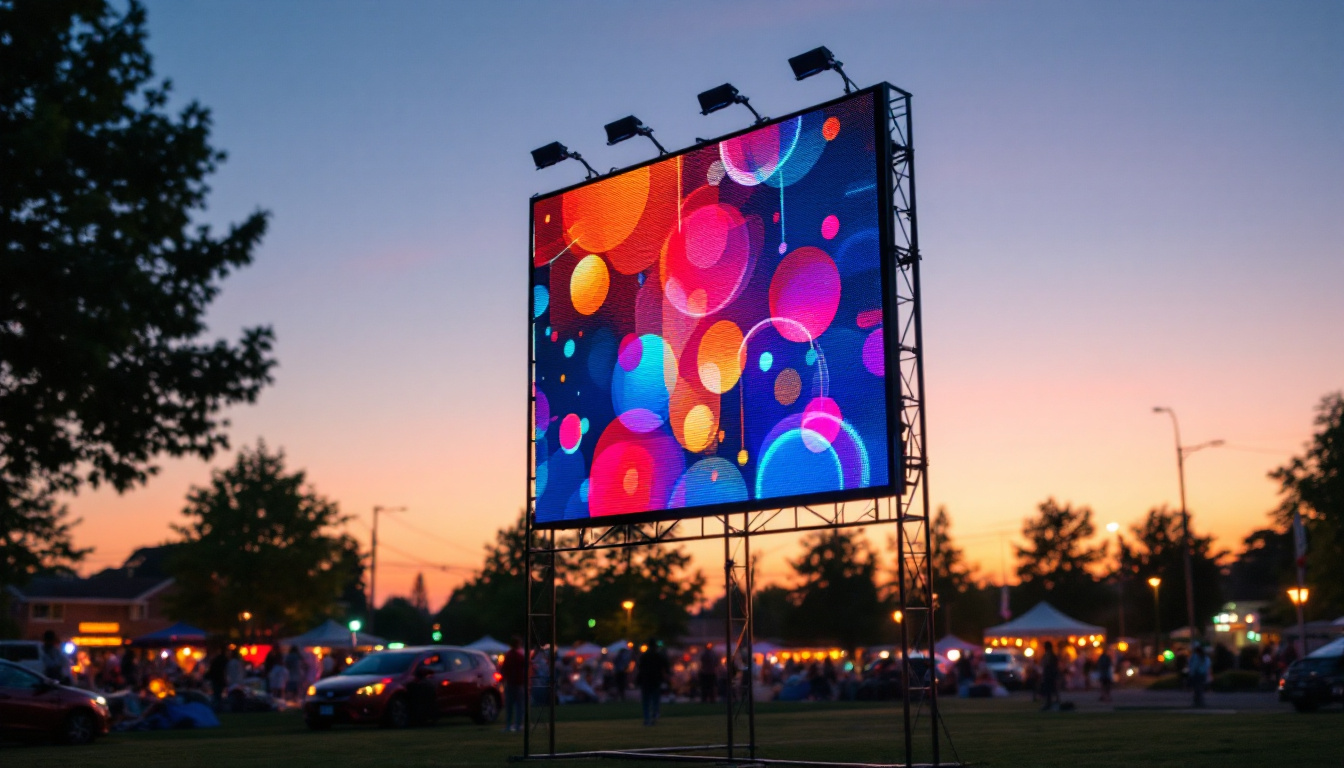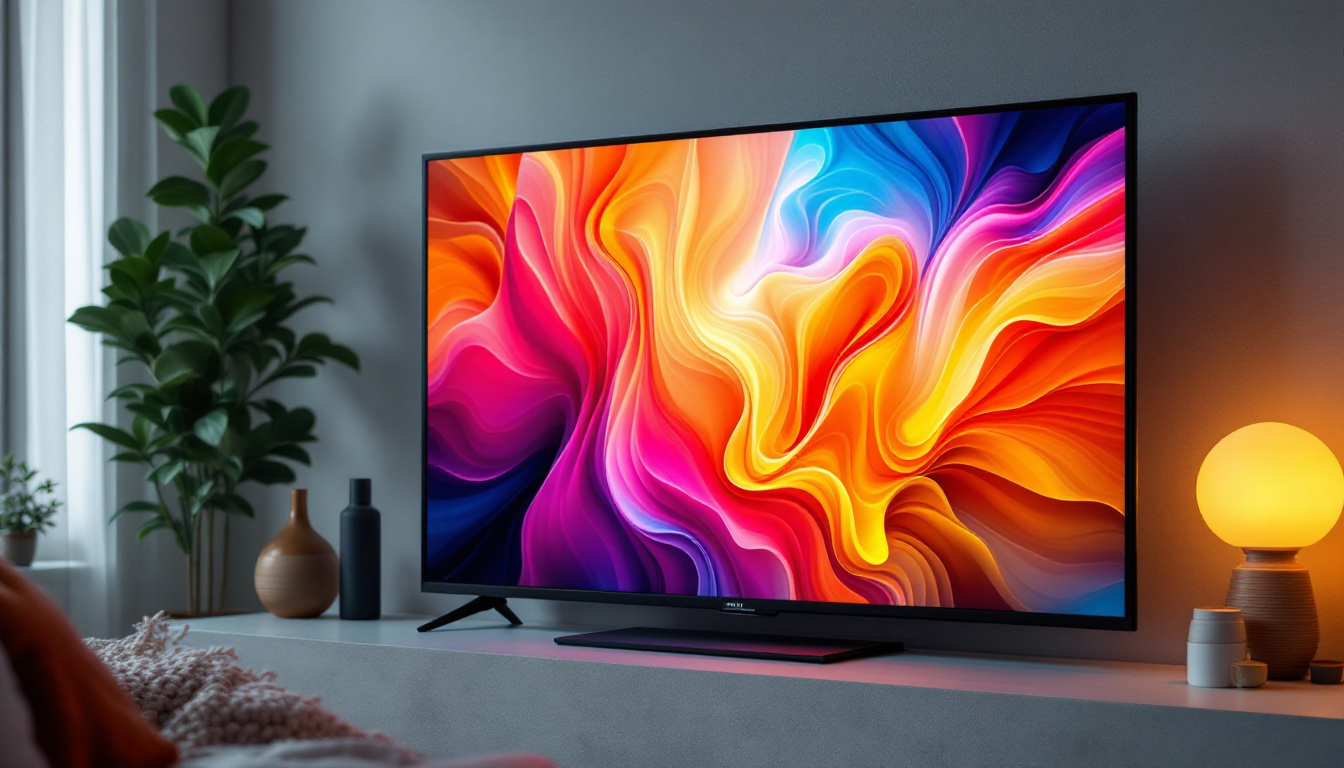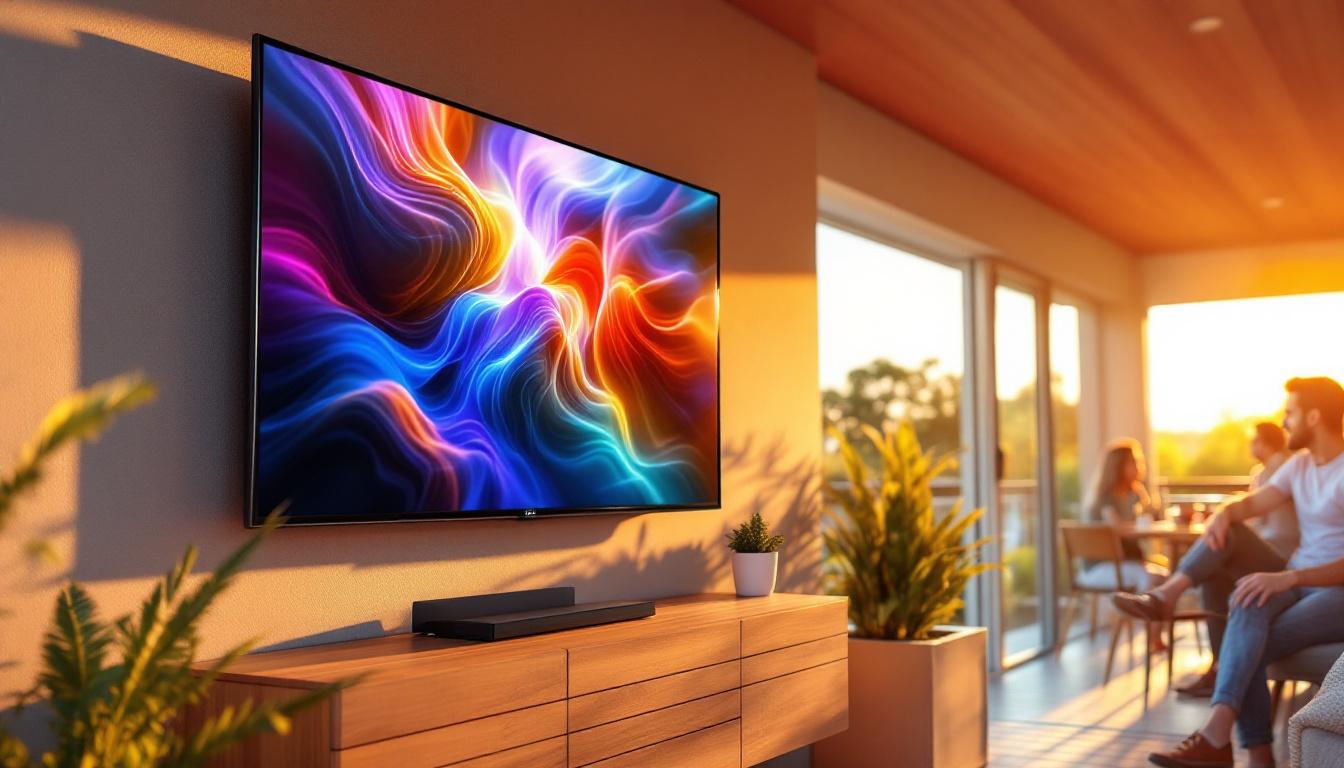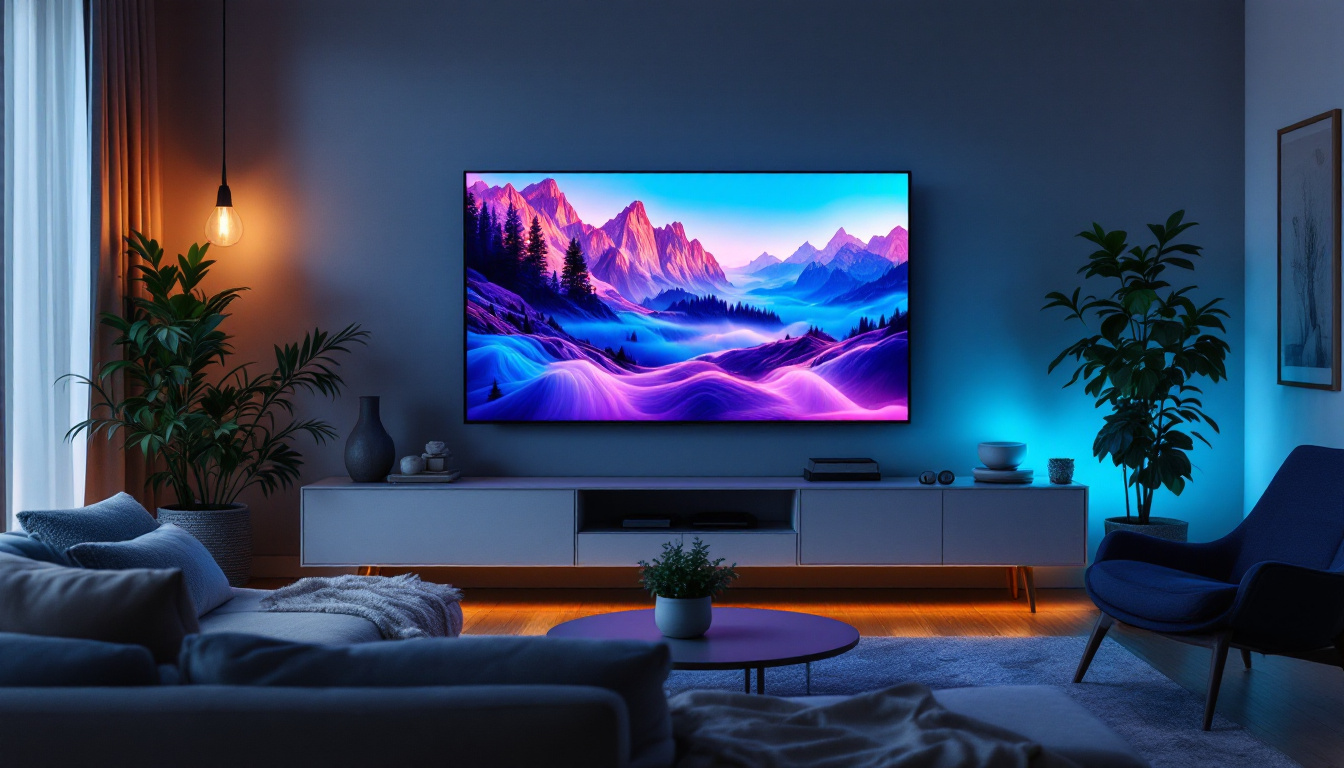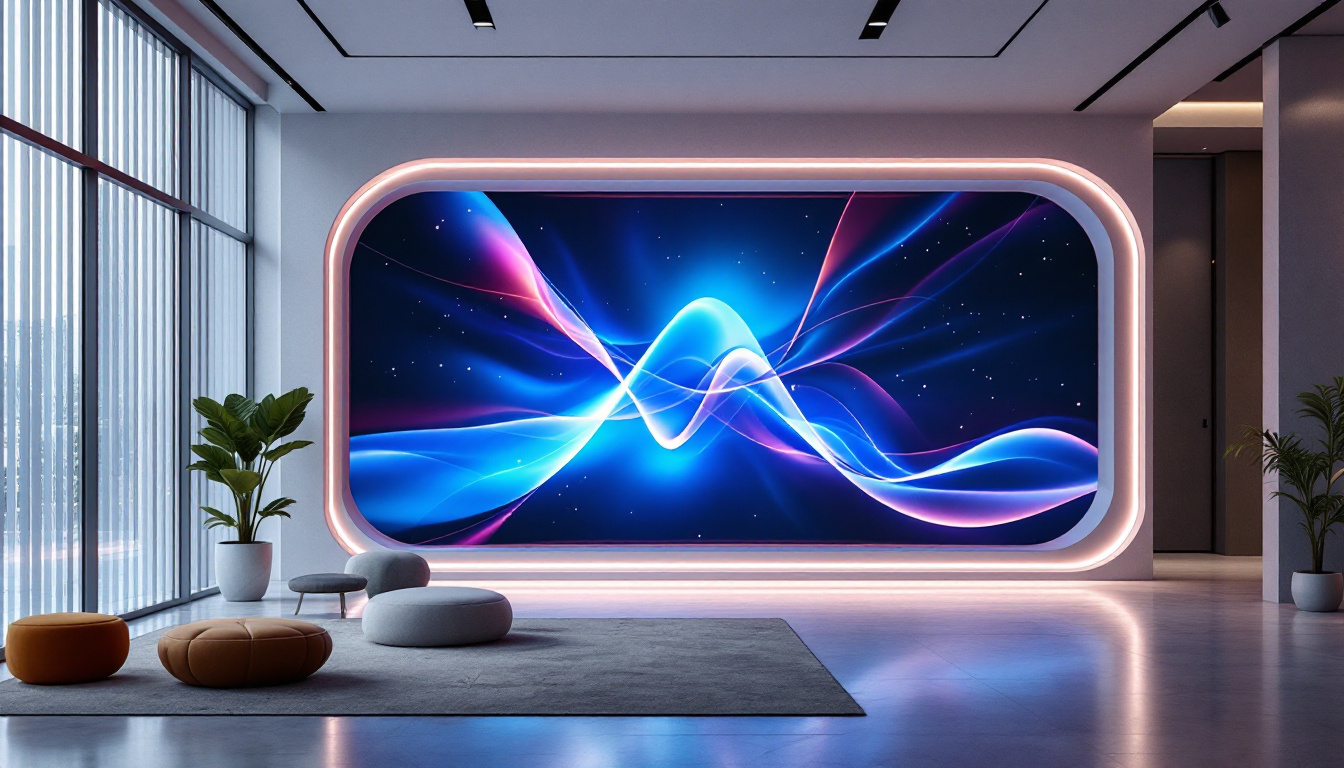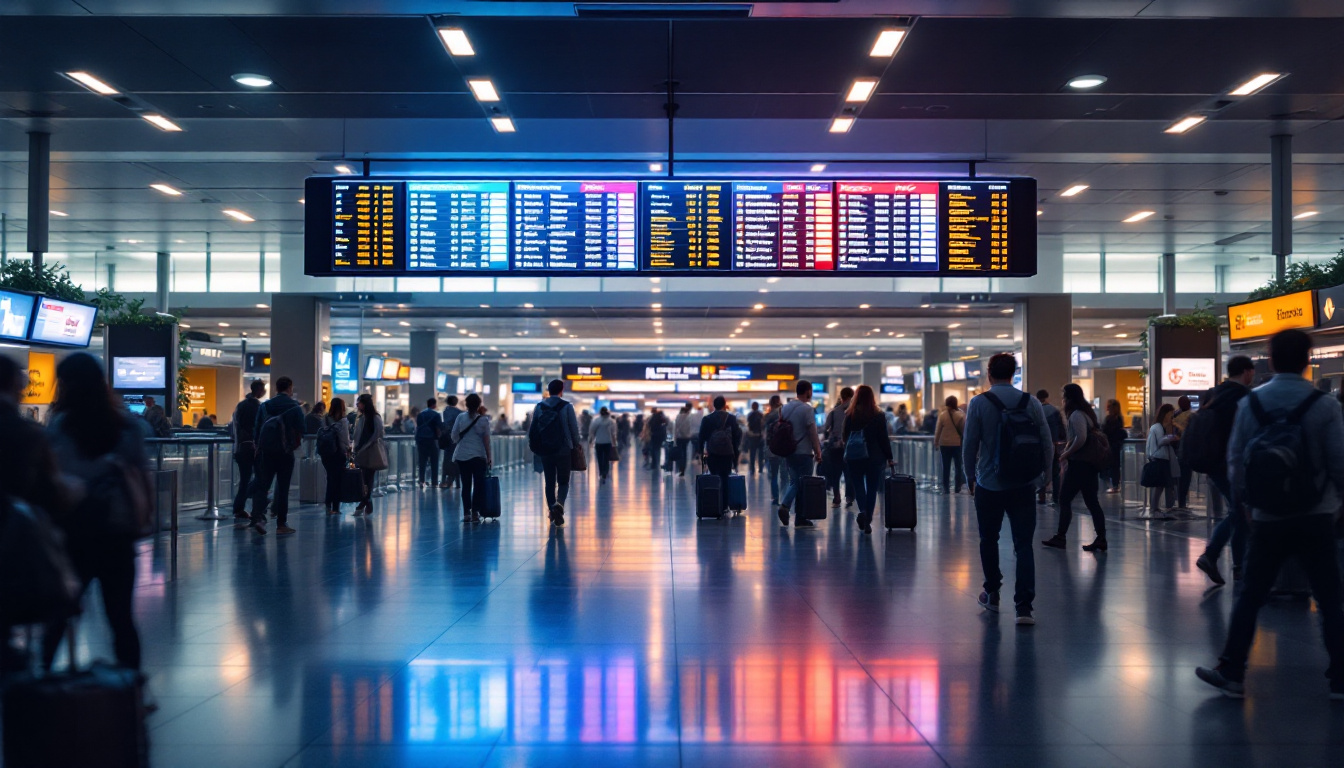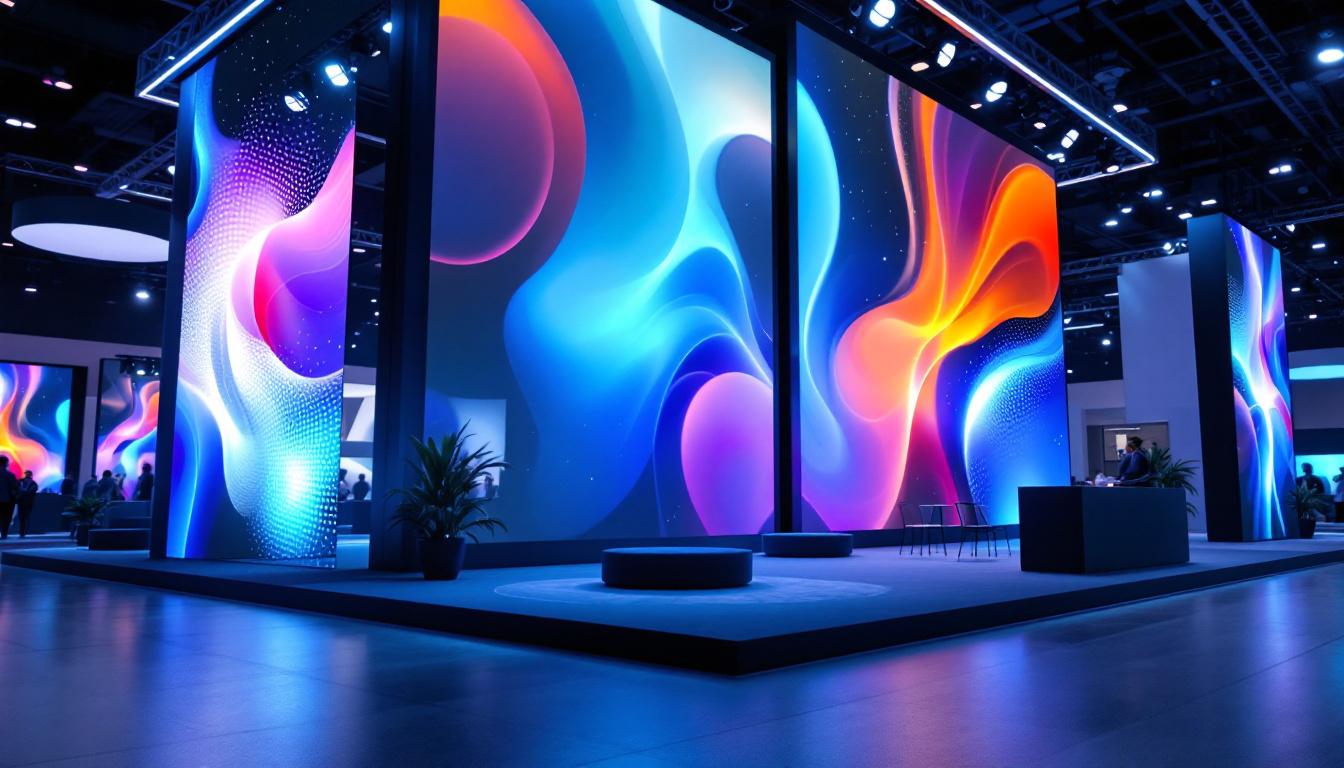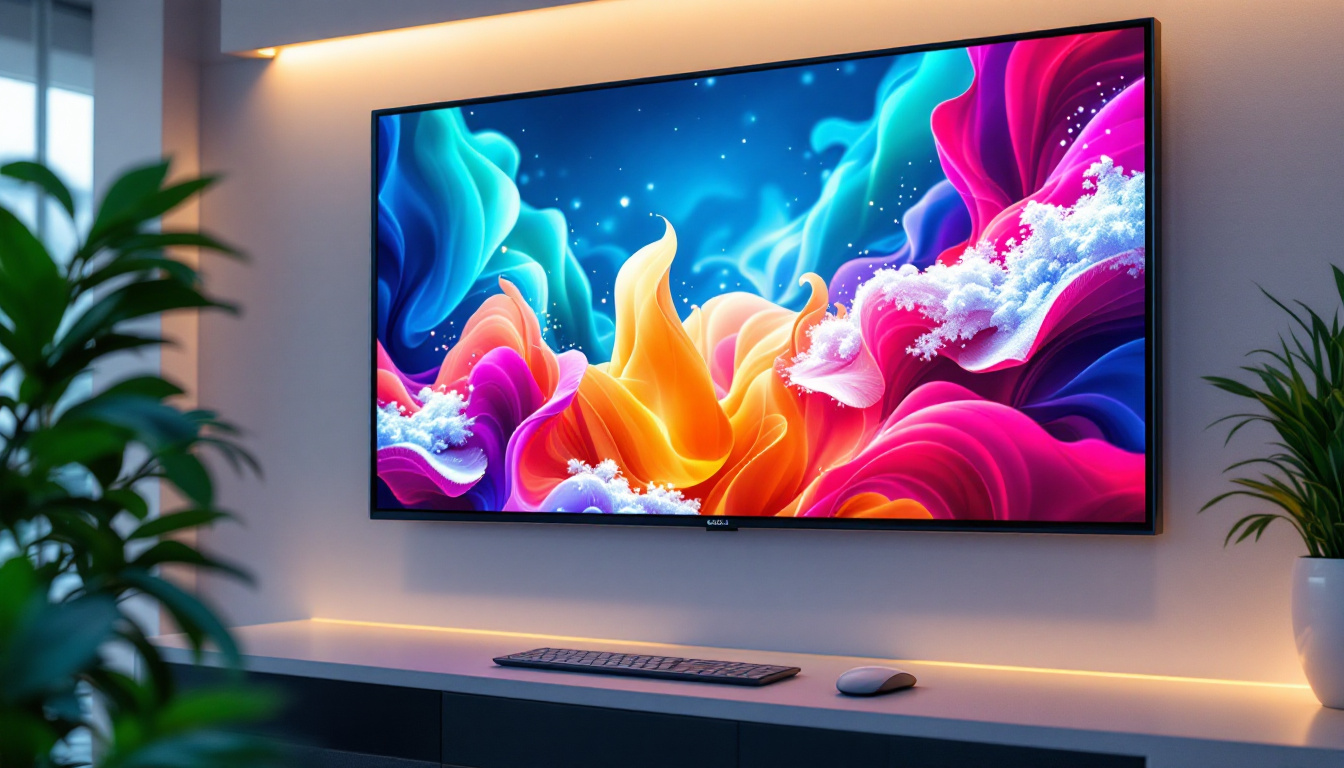In the realm of modern construction and home maintenance, the ability to see inside walls has become increasingly important. Whether for detecting plumbing issues, electrical faults, or pest infestations, the demand for innovative solutions has surged. One such solution is the use of specialized cameras paired with LED displays, which allow users to visualize the hidden structures within walls. This article delves into the technology behind these cameras, their applications, and the advantages they offer.
Understanding the Technology Behind Wall Inspection Cameras
Wall inspection cameras are designed to provide a clear view of the interior of walls without the need for invasive procedures. These devices typically consist of a small camera attached to a flexible rod or cable, allowing for easy maneuverability within tight spaces. The integration of LED displays enhances the user experience by providing real-time visuals of what lies beneath the surface.
Camera Specifications
At the heart of any wall inspection camera is its imaging technology. Most modern cameras utilize high-resolution sensors capable of capturing detailed images and videos. These sensors are often paired with LED lights that illuminate dark areas, ensuring that even the most concealed spaces are visible. The combination of high-quality optics and advanced imaging technology allows for clear and precise visuals, which are crucial for accurate assessments.
Additionally, many of these cameras come equipped with features such as adjustable focus, zoom capabilities, and the ability to record footage. This versatility allows users to capture specific details and document findings for future reference, making them invaluable tools for professionals in various fields. For instance, electricians can easily identify wiring issues, while plumbers can locate leaks behind walls, significantly reducing the time and effort required for repairs. Furthermore, some models are designed to withstand harsh conditions, featuring rugged casings that protect them from dust and moisture, thus ensuring longevity and reliability in demanding environments.
LED Display Features
The LED display serves as the interface between the user and the camera, providing a real-time view of the inspection area. These displays vary in size and resolution, with larger screens offering enhanced visibility and detail. Some models even feature touchscreen capabilities, enabling users to navigate through settings and recorded footage with ease.
Moreover, the brightness and contrast of LED displays are crucial for viewing images in different lighting conditions. Many devices come with adjustable brightness settings, allowing users to optimize their viewing experience based on the environment. This adaptability is essential when inspecting areas that may be poorly lit or obscured by insulation or other materials. In addition, some advanced models incorporate image enhancement technologies that can automatically adjust the display settings based on the surrounding light, ensuring that users always have the best possible view. This feature is particularly useful in professional settings where precision is paramount, such as in construction inspections or forensic investigations, where every detail can make a significant difference in the outcome of the analysis.
Applications of Wall Inspection Cameras
The versatility of wall inspection cameras makes them suitable for a wide range of applications. From construction and renovation to maintenance and pest control, these devices are invaluable in various industries. Understanding their applications can help users appreciate their significance in modern practices.
Construction and Renovation
In the construction industry, wall inspection cameras play a crucial role during both the building and renovation phases. They allow contractors to assess the integrity of existing structures without causing damage. For instance, before drilling or cutting into walls, a contractor can use a wall inspection camera to locate electrical wiring or plumbing, reducing the risk of accidents and costly repairs.
During renovations, these cameras can help identify hidden issues such as mold, rot, or pest infestations. By providing a clear view of the internal structure, contractors can make informed decisions about necessary repairs or modifications, ultimately leading to safer and more efficient projects. Moreover, these cameras can facilitate compliance with safety regulations by ensuring that all hidden hazards are addressed before any major work begins, thus protecting both workers and future occupants.
Home Maintenance and Inspections
Homeowners can also benefit significantly from wall inspection cameras. Regular maintenance checks can help identify potential problems before they escalate into major issues. For example, detecting water leaks early can prevent extensive damage to walls and ceilings, saving homeowners time and money in repairs.
Additionally, home inspectors often use these cameras to evaluate properties during real estate transactions. By providing a thorough inspection of hidden areas, they can offer prospective buyers a comprehensive understanding of the property’s condition, which can influence purchasing decisions. This transparency not only builds trust between buyers and sellers but also helps in negotiating fair prices based on the actual state of the property, potentially avoiding disputes after the sale.
Pest Control
Pest control professionals frequently utilize wall inspection cameras to locate infestations without causing unnecessary damage to the property. These cameras can help identify the presence of pests such as termites, rodents, or other insects that may be hiding within walls. By pinpointing the exact location of the infestation, pest control experts can develop targeted treatment plans that are both effective and minimally invasive.
Furthermore, the use of wall inspection cameras allows pest control technicians to monitor the effectiveness of their treatments over time. By conducting follow-up inspections, they can assess whether the pests have been eradicated or if further action is needed. This ongoing evaluation not only enhances the effectiveness of pest management strategies but also provides peace of mind to homeowners, knowing that their living spaces are safe and free from harmful infestations. The ability to visualize the problem areas also aids in educating clients about pest behavior and prevention strategies, fostering a proactive approach to pest management.
Advantages of Using Wall Inspection Cameras
The advantages of wall inspection cameras extend beyond their ability to provide visual access to hidden areas. They offer numerous benefits that enhance efficiency, safety, and overall effectiveness in various applications.
Non-Invasive Inspection
One of the most significant advantages of using wall inspection cameras is their non-invasive nature. Traditional inspection methods often require cutting into walls or removing panels, which can be time-consuming and costly. In contrast, wall inspection cameras allow for thorough examinations without causing any damage. This non-invasive approach not only saves time but also preserves the integrity of the structure.
Cost-Effectiveness
Investing in a wall inspection camera can lead to significant cost savings in the long run. By identifying issues early, homeowners and professionals can address problems before they escalate, reducing the likelihood of extensive repairs. Furthermore, the ability to document findings can aid in insurance claims or negotiations, providing tangible evidence of the property’s condition.
Enhanced Safety
Safety is a paramount concern in construction and maintenance. Wall inspection cameras enhance safety by allowing users to assess potentially hazardous areas without direct exposure. For instance, when inspecting for electrical wiring or gas lines, these cameras provide a safe means of evaluation, mitigating the risk of accidents.
Choosing the Right Wall Inspection Camera
With a variety of wall inspection cameras available on the market, selecting the right one can be a daunting task. Several factors should be considered to ensure that the chosen device meets specific needs and requirements.
Resolution and Image Quality
When choosing a wall inspection camera, resolution and image quality are paramount. Higher resolution cameras provide clearer images, allowing for better identification of issues. Look for cameras with at least 1080p resolution for optimal clarity. Additionally, features such as adjustable focus and zoom capabilities can enhance the quality of the visuals.
Portability and Ease of Use
Portability is another essential aspect to consider. Many wall inspection cameras are designed to be lightweight and easy to maneuver, which is particularly important when navigating tight spaces. User-friendly interfaces, such as touchscreen displays and intuitive controls, can also enhance the overall experience, making it easier for users to operate the device effectively.
Durability and Build Quality
Durability is a critical factor, especially for professionals who will be using the camera in various environments. Look for cameras that are built with robust materials and are resistant to dust and moisture. A durable camera will withstand the rigors of frequent use and provide reliable performance over time.
Future Trends in Wall Inspection Technology
As technology continues to evolve, the future of wall inspection cameras looks promising. Innovations in imaging technology, connectivity, and artificial intelligence are set to revolutionize the way these devices are used.
Integration with Smart Technology
One of the most exciting trends is the integration of wall inspection cameras with smart technology. Many modern devices can connect to smartphones or tablets via Wi-Fi or Bluetooth, allowing users to view and control the camera remotely. This connectivity can enhance collaboration among professionals, enabling real-time sharing of findings and insights.
Artificial Intelligence and Machine Learning
The incorporation of artificial intelligence (AI) and machine learning algorithms into wall inspection cameras is another area of growth. These technologies can analyze images and identify potential issues automatically, streamlining the inspection process. By reducing the reliance on manual analysis, AI can enhance accuracy and efficiency, making inspections faster and more reliable.
Advanced Imaging Techniques
Future advancements in imaging techniques, such as thermal imaging and 3D scanning, are also on the horizon. Thermal imaging can help detect temperature variations within walls, indicating potential issues such as insulation problems or moisture intrusion. Meanwhile, 3D scanning technology can create detailed models of wall structures, providing comprehensive insights that traditional cameras cannot offer.
Conclusion
The ability to view inside walls using specialized cameras with LED displays has transformed the way inspections are conducted across various industries. These devices offer a non-invasive, cost-effective, and safe means of assessing hidden structures, making them invaluable tools for professionals and homeowners alike.
As technology continues to advance, the capabilities of wall inspection cameras will only improve, leading to even greater efficiency and effectiveness in identifying potential issues. By understanding the technology, applications, and advantages of these cameras, users can make informed decisions and enhance their inspection processes.
In a world where proactive maintenance and thorough inspections are more important than ever, wall inspection cameras stand out as essential tools for ensuring safety, integrity, and efficiency in construction and home maintenance.
Discover LumenMatrix’s Advanced LED Display Solutions
Ready to elevate your wall inspection capabilities? LumenMatrix is at the forefront of LED display technology, offering an array of innovative solutions that bring clarity and precision to your visual inspections. From Indoor and Outdoor LED Wall Displays to specialized options like Vehicle, Sports, and Floor LED Displays, our products are designed to meet the diverse needs of professionals in construction, maintenance, and beyond. Experience the difference with our Custom, All-in-One, and Transparent LED Displays, and see how our commitment to revolutionizing visual communication can enhance your inspection processes. Check out LumenMatrix LED Display Solutions today and transform the way you view the world within walls.

